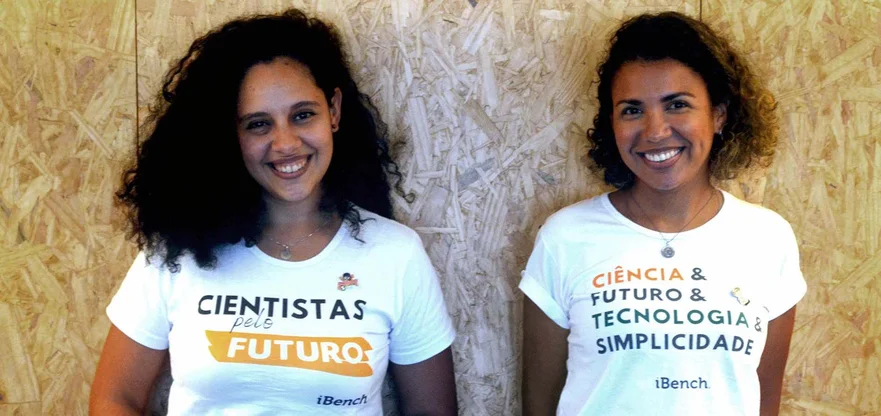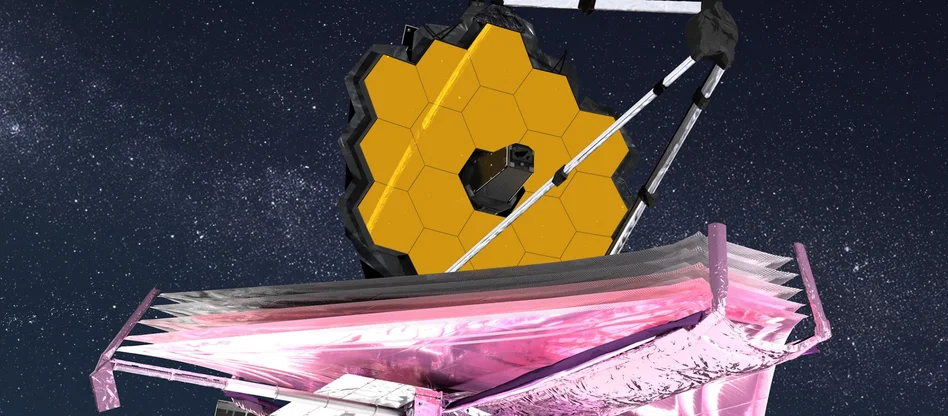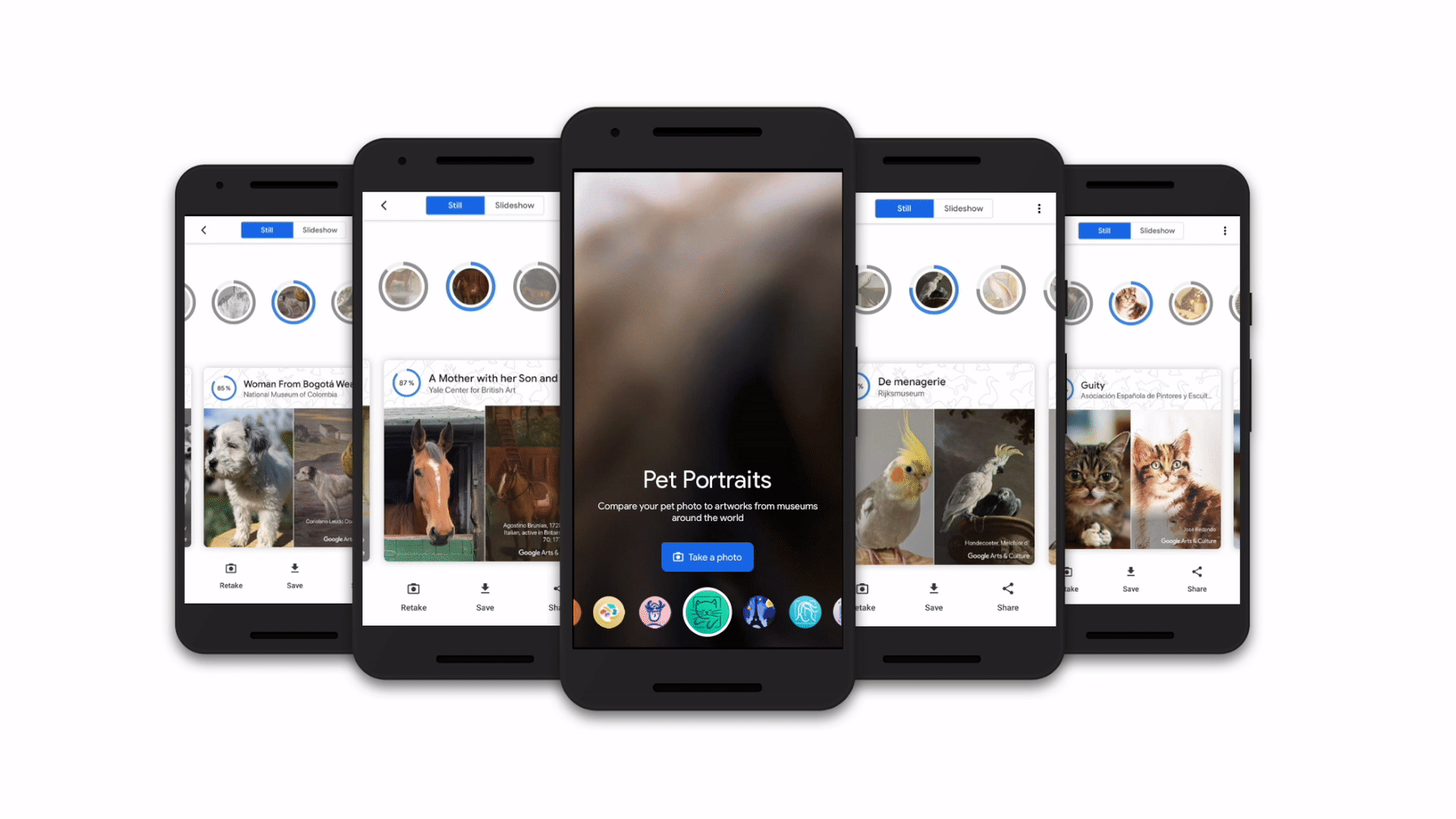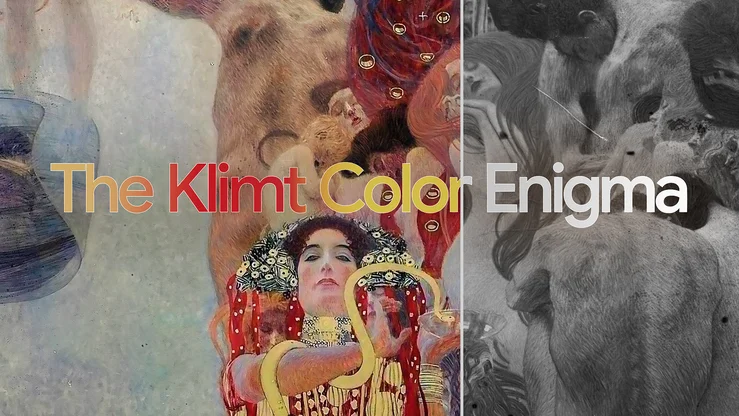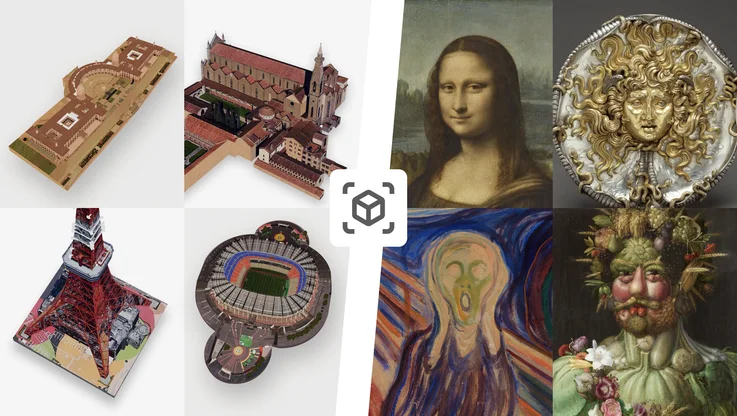Innovation & Technology
Eclipse Megamovie Volunteer Wrangler tells all
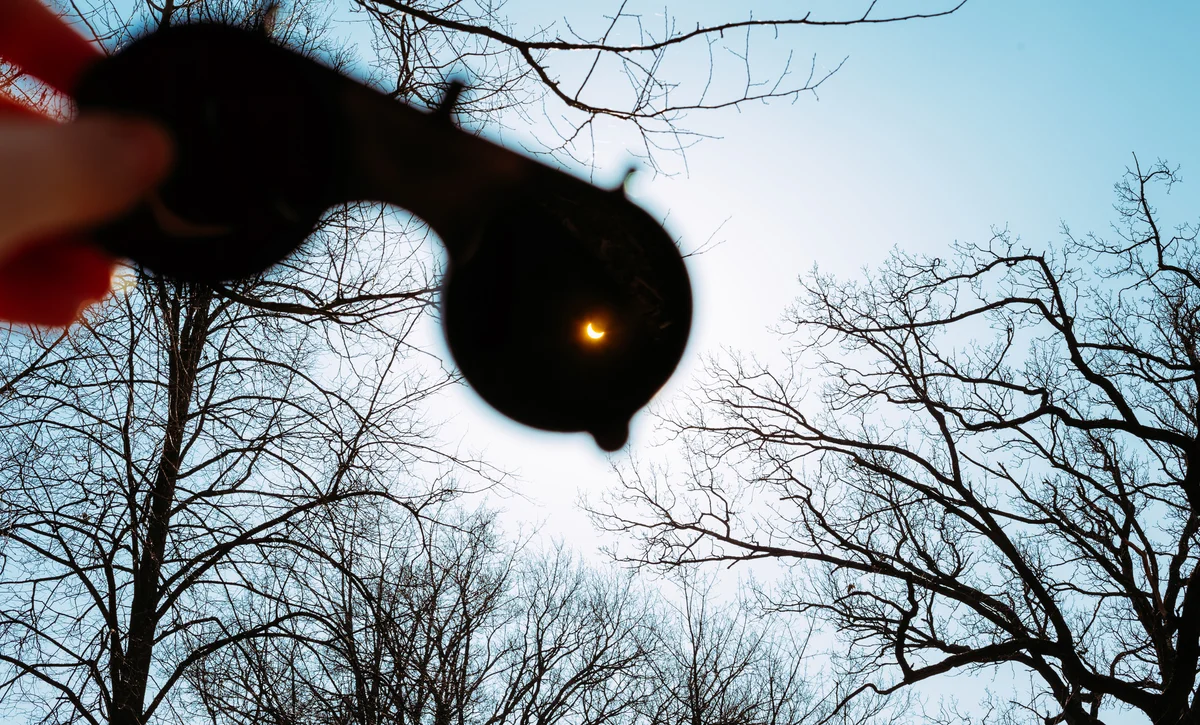
On August 21, a total solar eclipse will cross the the United States. That’s a big deal (a “once in a hundred years” kind of big deal).
Most observers outside of the path of total eclipse from Salem, OR to Charleston, SC will only see the partial eclipse. So, Google teamed up with UC Berkeley to give the rest of the world a view of the eclipse and to provide scientists with data to better understand how the sun’s atmosphere behaves. We’re calling on amateur astronomers and photographers to capture photos of the eclipse as the moon’s shadow passes over their part of the country, then we’ll algorithmically align and stitch together the images to create a continuous view of the eclipse: the Eclipse Megamovie.
Vivian White is not just a Megamovie volunteer—she is coordinating other volunteers, too. By day, she is an astronomy educator and Director of Free Choice Learning with the Astronomical Society of the Pacific in San Francisco, CA (we’ll explain exactly what that means below). And since 2016 (well, longer if you count how long it’s been on her calendar!) she’s been gearing up for the solar eclipse. The Keyword team caught up with Vivian to learn about her career as an amateur astronomer and how she got involved with the Megamovie project.
Keyword team: How did you get into astronomy?
Vivian: I started out pursuing physics. I love figuring out the way things work. I went to college for the first time in my late twenties, and when I was almost to the end of my physics degree, I took an observing class and fell madly in love with astronomy.And now you use that love of astronomy in your day job. Tell us more about that.
I’m the Director of Free Choice Learning (a title they let me make up!) at the Astronomical Society of the Pacific in San Francisco. I explore how we learn as adults when we’re not in school and work with amateur astronomers—anyone who with an interest in astronomy and a different day job. They are fascinated by everything they learn.
Mostly I run a network of 430 astronomy clubs, and create demonstrations and activities students can use at the telescope. I create toolkits for NASA’s Night Sky Network, a coalition of amateur astronomy clubs that brings NASA's mission to the general public, on any particular subject from black holes, to the solar system, to the sun.
In the astronomy world, how big of a deal is this solar eclipse? The Super Bowl of activities in space?
This has been on my my radar for more than two decades. I’m from Nashville, and the eclipse will go through there. When I was in high school, I wondered where I would be for the eclipse. This is all hands on deck. Almost every astronomer is on their way to the path.Tell us about the Megamovie project. How did you get involved?
The ASP has been working with UC Berkeley for decades now, and we were part of the initial grant in 2016. We had a hard time getting funding—there was concern that we couldn’t get enough volunteers or couldn’t create the right algorithm to stitch all the photos together. Now, here we are with 1,500 volunteers (20-30 new volunteers a day).
As the Volunteer Wrangler (another title I made up!), I create and give webinars, write tutorials in collaboration with UC Berkeley scientists, answer dozens of questions every day from volunteers, and generally (cheer)lead the dedicated, enthusiastic group. It’s definitely a lot of work, and a lot of the scientists are doing this in their spare time. I'm not alone in looking forward to Aug 22!
The Megamovie is probably the most exciting project I’ve ever worked on. I love that we’re doing real science—we don’t know if it’s going to work, but we’re figuring it out as we go along. The volunteers are so excited for this to happen—they’ve made official hats and pins to wear so that they can identify each other on the path. They aren’t professionals, so they haven’t contributed to science in a meaningful way until now.
It’s such a cool thing to be able to contribute to something bigger than yourself.

Space has a powerful hold on people … Why do you think that is? What is it that first captured your attention?
It’s a great reminder of perspective. Now, I’ll get a parking ticket, and I’m like: “Here we are on this tiny piece of rock orbiting a star in a huge galaxy.” It’s changed my outlook on life—I let a lot of stuff slide. There’s also just so much to learn! I get to study a whole new subject every year.Do you have a favorite subject in astronomy?
I’m the most interested in the possibility of life in the universe. I get a lot of questions about aliens, but the most interesting one I’ve heard was from a twelve-year-old who asked, “If aliens came to Earth, would they be able to understand our emotions?”You’ve traveled to a lot of your places in your life, including to Dharamsala, India to teach Buddhist monks and nuns about astronomy. What’s different about these projects from your normal education work?
It’s a completely different cultural experience, Monks are an amazing group of students, at ease with questioning and logic. But they have no exposure to ideas of science—they don’t know that our sun is a star, they don’t know what a fossil is. They haven’t experienced or thought about it at all yet, but when I teach them, they want to know how we know all of this. It makes me think about things differently.





